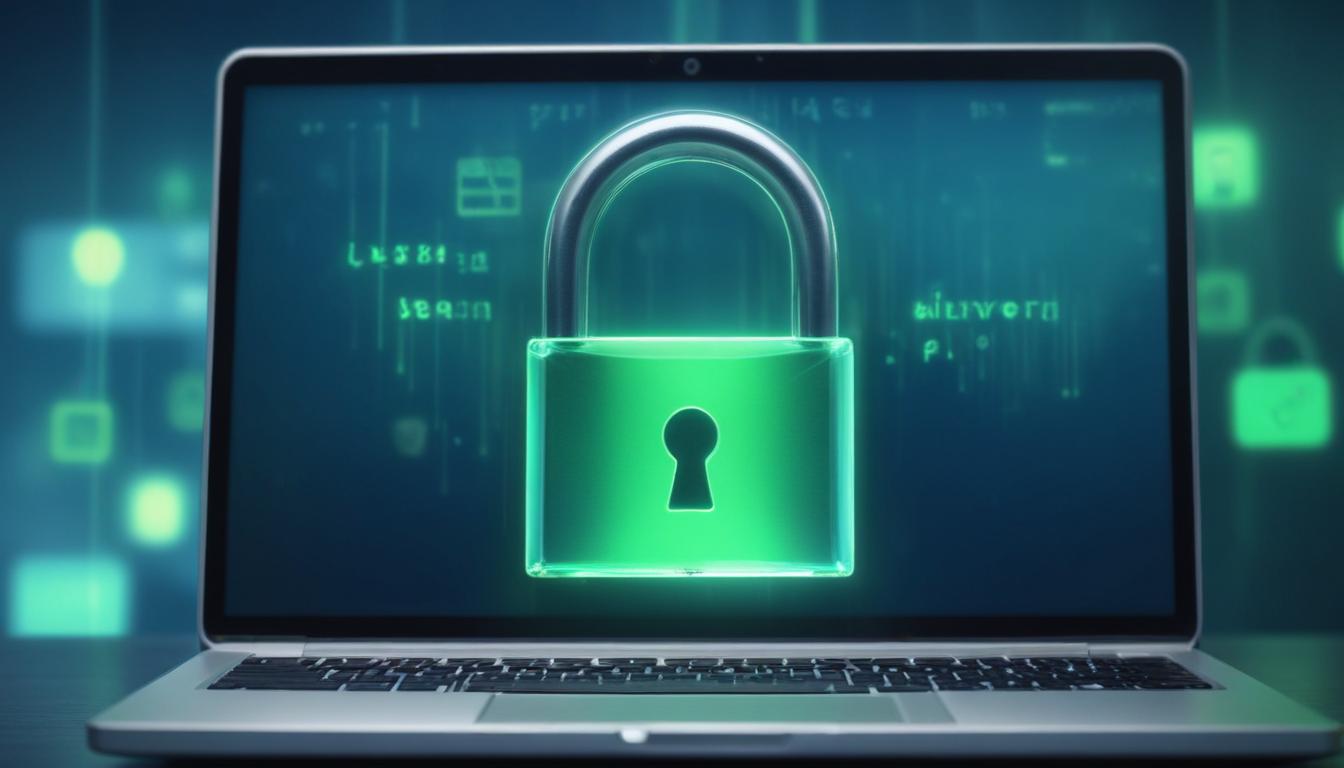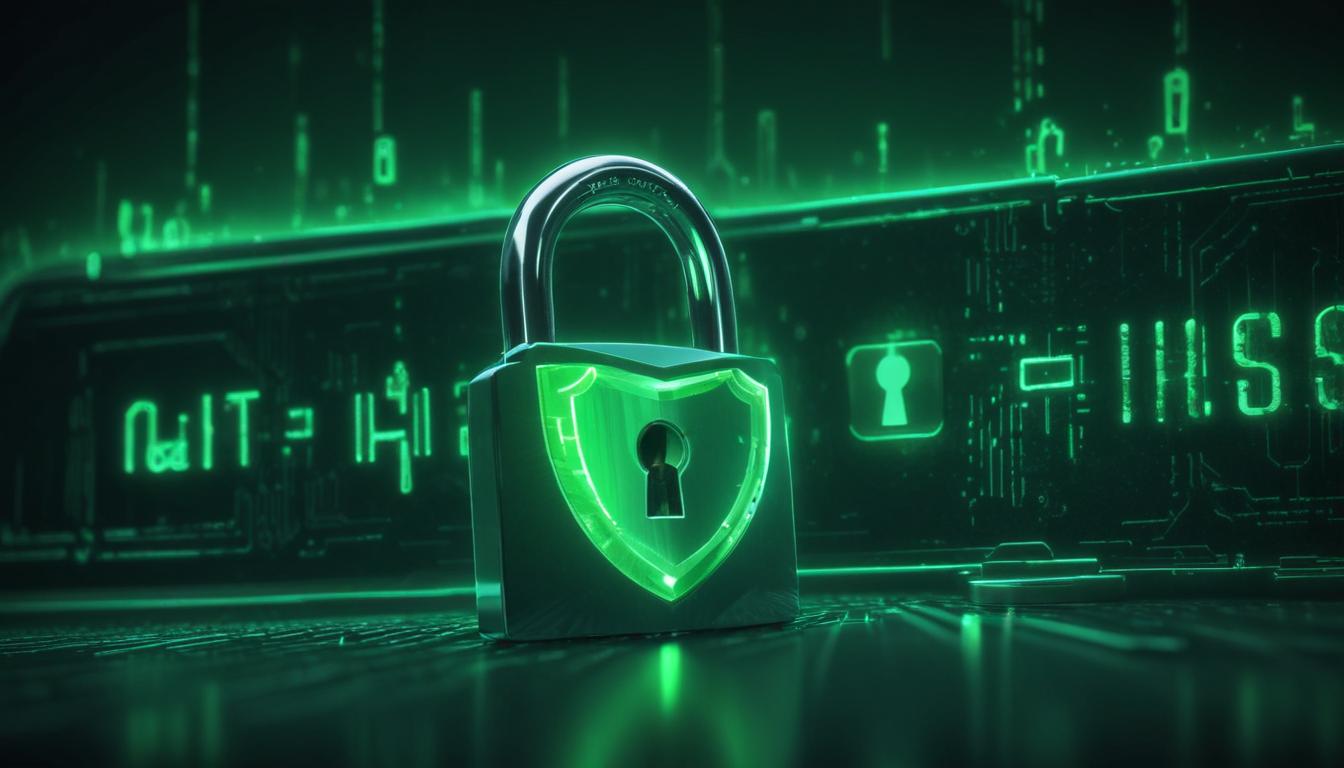
- understanding SSL and its significance
- steps to install SSL on WordPress
- verifying the SSL installation
- common troubleshooting tips
- enhanced security benefits of SSL
When it comes to online security, understanding the role of SSL, or Secure Sockets Layer, is paramount. SSL is a standard security technology that establishes an encrypted link between a server and a client—typically a web server and a browser. This link ensures that all data passed between the web server and browsers remain private and integral. For WordPress users, implementing SSL is not just about enhancing security but also about building trust with visitors by providing a secure website experience.
The necessity of SSL has grown as cyber threats have become more sophisticated. When users access a website over HTTPS, which is enabled by SSL, they can be confident that their sensitive information is protected from potential interception by third parties. This protection covers everything from personal data, such as login credentials, to financial information during a purchase. A WordPress SSL certificate not only safeguards these interactions but also benefits SEO, as search engines like Google tend to favor HTTPS setups in their rankings.
In addition to improving security and boosting SEO, SSL certificates play a crucial role in establishing visitor credibility. Websites with an SSL certificate display a padlock icon in the browser address bar, a clear sign to users that the site is trustworthy. This visual cue is especially important for e-commerce sites where transactions occur, as it can significantly impact customer trust and conversion rates.
Taking the step to implement SSL on your WordPress site can be intimidating, particularly for beginners. However, the benefits far outweigh any potential challenges. For those seeking a simplified, cost-effective approach, WorldPressIT.com offers access to over 8,000 premium plugins and themes, making the HTTPS setup a more accessible task. By leveraging their special GPL licensing, users can affordably secure their sites without compromising on quality or features.
steps to install SSL on WordPress
Installing SSL on your WordPress site involves several crucial steps that help transition your site from HTTP to HTTPS, thereby creating a secure website. These steps ensure your site is encrypted and ready to provide a layer of security for its visitors. Here’s a detailed guide to help you navigate through the installation process with ease.
- Purchase an SSL Certificate: First, obtain an SSL certificate. You can buy one from your hosting provider or a third-party certificate authority. Some hosting providers offer free SSL certificates, like Let’s Encrypt, which is a great option for beginners.
- Install the SSL Certificate: Once you have your SSL certificate, it’s time to install it on your server. If you’re using a hosting provider, they often simplify this step by providing a one-click installation option. Simply follow their instructions to install the certificate quickly.
- Update WordPress URL: After installing the SSL certificate, navigate to your WordPress dashboard. Go to Settings > General, and update your WordPress Address (URL) and Site Address (URL) to include ‘https://’ instead of ‘http://’ to reflect your new HTTPS setup.
- Implement HTTP to HTTPS Redirection: To ensure all your site visitors use the secure version of your site, set up a 301 redirect from HTTP to HTTPS. This step can usually be done through your hosting provider’s control panel or with a plugin like ‘Really Simple SSL’, which automatically handles redirections for you.
- Update Internal Links: Review your site’s content to ensure all internal links use HTTPS. This includes links in pages, posts, and even menus. You can automate this process using a search and replace tool or a WordPress plugin designed for updating database links.
- Check for Mixed Content: Mixed content occurs when a secure page (HTTPS) includes resources like images, scripts, or stylesheets that are still being loaded over HTTP. Use browser tools or plugins to identify mixed content and update these resources to use HTTPS.
- Update External Services: If you’re using third-party services, like CDNs or advertising networks, ensure they are configured to use HTTPS. This will help maintain the security integrity of your site.
- Testing the SSL Installation: Finally, use online tools such as SSL Labs to confirm that your SSL installation is correctly set up and your site is fully secure.
With these steps, your WordPress site will not only meet modern security standards but also benefit from improved SEO and increased user trust. For access to resources and tools to streamline your WordPress SSL setup journey, explore WorldPressIT.com. Their vast library of over 8,000 premium plugins and themes available at affordable prices, thanks to special GPL licensing, can elevate your site’s functionality and security without breaking the bank.
verifying the SSL installation
“`html
Once you’ve completed the initial steps to install SSL on your WordPress site, it’s crucial to verify that the installation was successful. Proper verification ensures that your site is truly operating under a secure protocol (HTTPS) and that your efforts in adding an SSL certificate are effective.
Start by checking your website’s URL in the browser. A padlock icon should be visible next to your website’s address, signifying a secure connection. Additionally, your URL should begin with “https://” rather than “http://”. This visual confirmation is the first step in assuring that your WordPress SSL setup is correctly functioning.
Next, it’s recommended to use online free tools like SSL Labs’ SSL Test. By entering your website’s domain, you can receive a detailed analysis of your SSL configuration. This tool will evaluate the certificate’s validity, expiration date, and overall strength of the encryption settings. It’s an invaluable resource in ensuring you’re meeting standard security protocols.
Moreover, check for any mixed content issues. Mixed content occurs when parts of your site still load over HTTP, even after your HTTPS setup is complete. Browsers usually show warnings if mixed content is present, which can negate the security benefits of SSL. Tools and plugins, like ‘Really Simple SSL’, can assist in identifying and resolving these issues by ensuring all content is loaded securely.
Consider testing your site with various browsers, such as Chrome, Firefox, and Safari, to ensure compatibility and consistent security indications across platforms. Each browser might handle SSL and mixed content issues differently, so it’s important to confirm that your secure website is uniformly presented.
Finally, for those using additional resources or plugins, verify that all URLs and connections are set to utilize HTTPS. If you’re leveraging external scripts or resources, ensure they are also sourced from secure origins to maintain the integrity of your site’s security. Staying vigilant in this verification process ensures that your WordPress site is not only safe but also offers a seamless experience to visitors.
Delving into SSL verification can occasionally be complex; however, it’s a vital part of maintaining a robust online presence. If you need additional resources or support in perfecting your site’s security settings, consider WorldPressIT.com. With access to over 8,000 premium plugins and themes at unprecedented prices—thanks to their GPL licensing—you can maintain a secure and high-performing website without incurring heavy costs.
“`
common troubleshooting tips
 “`html
“`html
Even with successful SSL installation, some users may encounter issues that require troubleshooting. Understanding common problems and their solutions can help ensure your WordPress SSL setup remains efficient and secure, maintaining the integrity and trust of your site.
One frequent issue is the ‘Not Secure’ warning, even after installing an SSL certificate. This usually arises from mixed content, where elements of the site still load over HTTP instead of HTTPS. To resolve this, use the ‘Really Simple SSL’ plugin to automatically update all URLs to HTTPS, ensuring consistent security throughout your secure website.
Another common problem is expired SSL certificates, leading to warnings for visitors. It’s crucial to check the expiration date of your certificate and set reminders for renewal. Many hosts offer automatic renewal options, so consider enabling this feature to avoid any downtime.
Some users find their websites loading slower post HTTPS conversion, usually due to server misconfiguration or hosting issues. Make sure your server is fully optimized for SSL and consider upgrading your hosting plan if sluggishness persists. Additionally, utilizing a Content Delivery Network (CDN) that supports HTTPS can vastly improve loading times.
Occasionally, WordPress URLs might not update correctly, leading to redirect loops or access errors. Double-check the URLs in your WordPress settings and ensure redirects are set up correctly. Plugins that manage URL settings and database updates can be invaluable in resolving these conflicts.
Remember that keeping your plugins, themes, and WordPress core updated is vital in avoiding compatibility issues with your SSL certificate. Incompatibilities can lead to unexpected errors, so always verify that all components are current and support HTTPS.
For those seeking more robust solutions or ongoing support, WorldPressIT.com provides access to a wide array of premium plugins and themes specifically designed to enhance performance and security. Their special GPL licensing offers a cost-effective way to ensure your site remains a fast, secure, and trusted destination for all your visitors worldwide.
“`
enhanced security benefits of SSL
“`html
Implementing SSL on a WordPress site transforms it into a secure website with enhanced protective measures. One of the primary advantages of SSL is its ability to encrypt data transmitted between the user’s browser and the web server, safeguarding sensitive information such as login credentials, personal details, and payment data from interception by malicious actors. This encryption offers peace of mind to visitors, assuring them that their interactions with your site are secure and private.
Beyond just encryption, SSL contributes significantly to establishing trust and credibility among users. When accessing a site with a valid SSL certificate, users see a padlock icon next to the web address, a visual cue that reassures them of the site’s authenticity and security. This is particularly vital for e-commerce platforms where consumers expect a trustworthy environment to conduct transactions. A secure connection encourages higher customer confidence and can lead to improved conversion rates.
Moreover, implementing an HTTPS setup aids in boosting your search engine ranking. Google and other search engines have integrated SSL into their ranking algorithms, giving preference to websites with a secure HTTPS configuration. This means that having SSL installed not only protects your visitors but also enhances your site’s visibility and positioning in search engine results. Consequently, more secure sites tend to attract more organic traffic, giving your online presence a competitive edge.
Additionally, SSL can prevent modifications to data in transit, offering protection against cyber threats such as data breaches and man-in-the-middle attacks. This added layer of defense ensures that data integrity is maintained, preventing unauthorized access or interference that could compromise your site’s content or user information.
For WordPress site owners looking to implement SSL cost-effectively, WorldPressIT.com presents an enticing option. Offering over 8,000 premium plugins and themes at affordable rates through special GPL licensing, WorldPressIT.com provides the tools necessary to enhance your site’s security infrastructure without incurring exorbitant costs. This resource is invaluable for those committed to maintaining a WordPress SSL integration that is both reliable and accessible.
“`






Leave a Reply